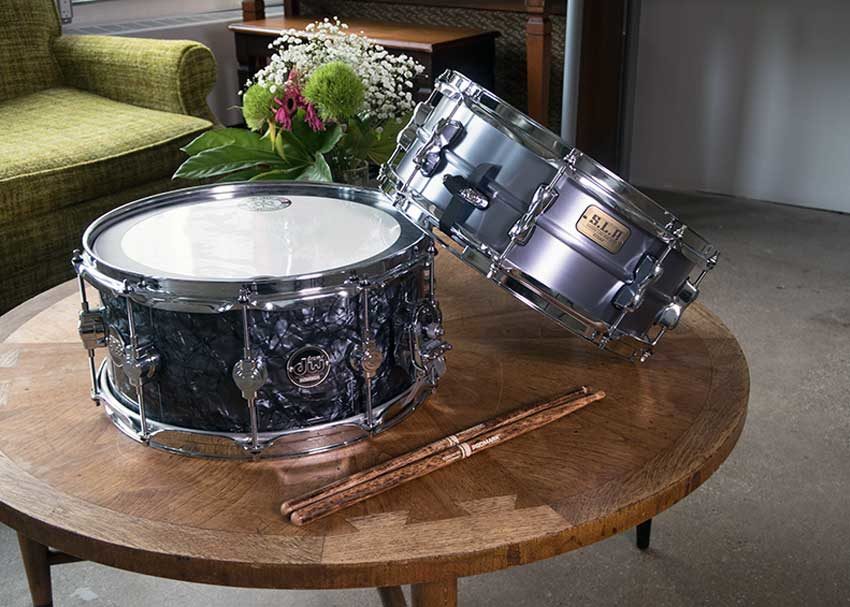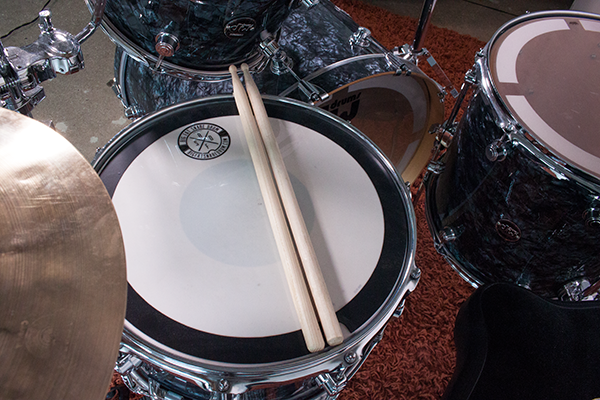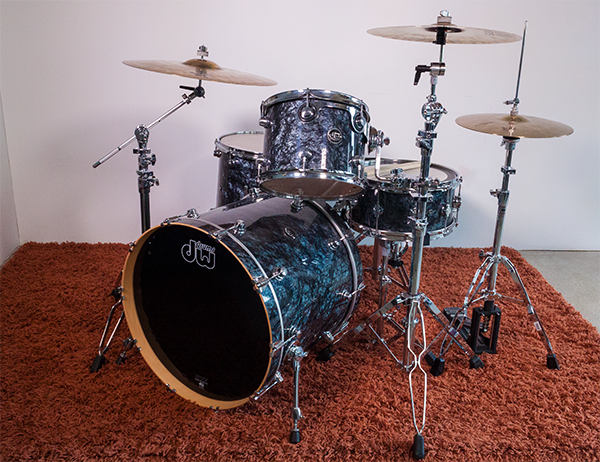The centerpiece of your drum kit, the most addictive thing to collect in all of drumming — the punchy, fat or attacking snare drum. It’s no secret that the snare drum is one of the sexiest pieces of modern drum kits, and with so many different materials, colors and sizes, it’s easy to get lost when looking for your next one. We’ve already created a buying guide for your next snare, but wanted to take a deeper dive in what makes the snare truly yours. These methods will help you find your perfect snare drum.
See more in zZounds’ Snare Buying Guide »
What are you playing?
Drumming is a great medium for art because it’s so emotive. The player has the ultimate decision-making power to play how they want to play and sound how they want to sound. That’s why choosing the correct snare for the genre you’re in is essential. Examples are, a deep, fat sounding snare for traditional rock and alternative music and even jazz with brushes. A snappy, low-resonance piccolo snare for hip-hop or R&B, and a mid-depth maple or exotic wood snare for pop, progressive or punk is always a versatile option. A cool exercise in finding your tone is listening to your favorite music and identifying gear used by those bands and artists. This will not only help in your pursuit of a desired tone, but also train your ear to the sounds different materials make in a snare. But don’t get it twisted — you do you and play whatever your heart or kit desire, the crowd might tilt their heads in confusion but as long as it’s a good tone in your opinion, it’s good tone.
What do you like?
Going back to listening to your favorite bands and artists playing drums and seeing what they use day to day, find out what you like about their sound, and consider the materials their snares use. A metal snare drum gives great projection and an undeniable “metallic” feel to each crack of the snare. But there are many different metals used in snare building. Brass, aluminum, bronze and even steel are used in modern snares and each give off subtle differences in tone. For instance, a Ludwig Black Beauty is brass and sounds very different when tuned the same as a Ludwig Supralite steel snare of the same size.
The same goes for hardwoods like maple, poplar, basswood, birch, beech and mahogany. These are some of the most popular tone woods for snare, but they barely scratch the surface when it comes to exotic woods offered by modern snare drum manufacturers. The best advice for finding the tone that piques your interest is listening to each. Seek out videos, songs, or samples from each tone wood and go from there. With wood being a bit fickle in how it sounds from drum to drum, this might seem like a losing battle. But doing the research is rewarding and will get you ever closer to attaining your perfect snare drum. And don’t forget, there are factors beyond the shell, like hoops, heads, and even how many snare wires are used, that can impact your tone and are worth experimenting with!
What do you need?
Once you’ve figured out what you’re playing and how you’d like it to sound, the next step is determining how you’ll get there with a snare drum’s construction and tuning. The depth of a snare is something that you cannot presently change without powertools involved, so that’s something you should be sure of once you click the “add to cart” button. It’s pretty simple once you’ve figured out the first two steps: a deep snare will carry with it more bass frequencies and resonance while a thinner snare has quick attack that often complements a great “crack” sound off the hit. Somewhere in the middle of these two sizing options fall most “complete kit” snare drums, something like 14″x5.5″ comes to mind. There’s no shame in coming in at the middle of the spectrum, these snare have great tuning options available, are versatile and have the most compatible cases available.
The most important thing to keep in mind is that all this methodology is completely subjective. You could follow this whole guide and still wind up with a snare that bums you out. That’s why keeping your tastes, budget and ears at the forefront of your decision and everyone else’s on the sidelines. Happy hunting.






Leave a Reply